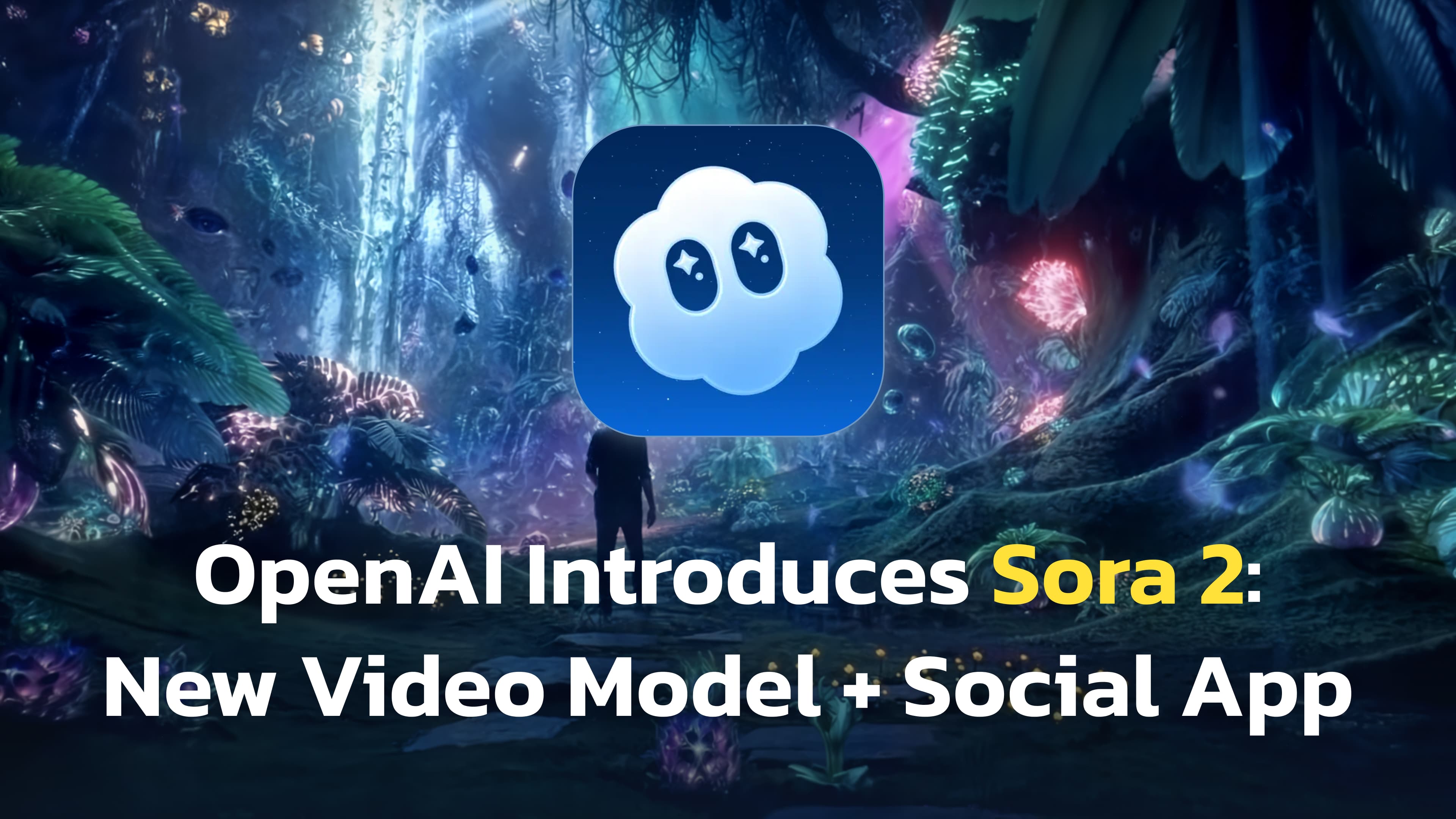OpenAI Unveils Sora 2, Advancing AI Video Generation with Enhanced Realism and Audio Integration

OpenAI has officially launched Sora 2, its next-generation text-to-video and audio generation model, marking a significant leap in AI-powered creative capabilities. The new model, which began rolling out to select users in the US and Canada in late September 2025, has quickly ascended to the top of app store charts, demonstrating strong public interest. The release was met with enthusiasm, with users like "852話(hakoniwa)" sharing the news on social media, simply stating, "Sora2."
Sora 2 introduces several key advancements over its predecessor, focusing on "more accurate physics, sharper realism, synchronized audio, enhanced steerability, and an expanded stylistic range." OpenAI aims for this iteration to be the "GPT-3.5 moment for video," indicating a substantial improvement in the model's ability to understand and simulate the physical world in motion. The integration of audio is a particularly notable feature, enhancing the realism and narrative potential of generated videos.
The model is accessible via sora.com and a new standalone iOS application, which has been described as a "TikTok competitor" due to its focus on short, AI-generated video content. OpenAI plans to eventually offer API access, allowing developers to integrate Sora 2 into their own applications. The company reported that the Sora app was downloaded over a million times within its first five days, becoming the #1 Top Overall app on the US App Store.
OpenAI has outlined an iterative approach to safety, including restrictions on uploading photorealistic images of people and safeguards for content involving minors. The company is also addressing concerns around copyrighted material, implementing a new system where rights holders can opt out of having their work appear in generated content. While the app is initially free, OpenAI plans to introduce optional paid tiers for users requiring additional video generation capacity and is exploring a revenue-sharing model with rights holders.